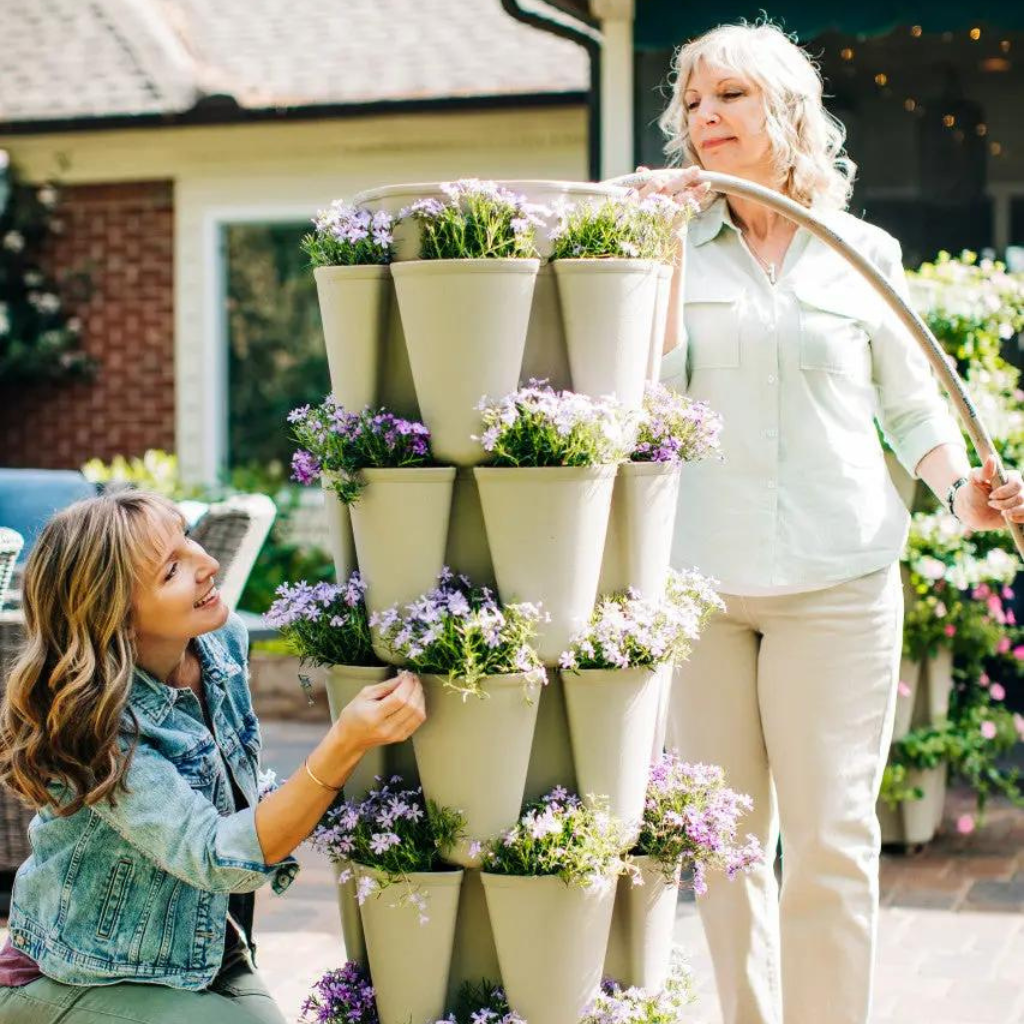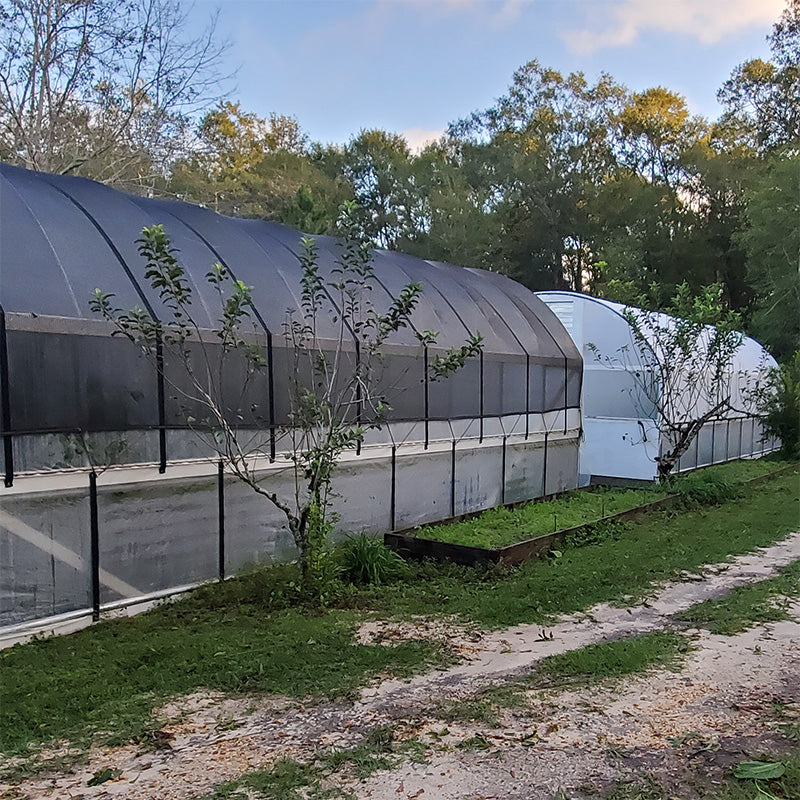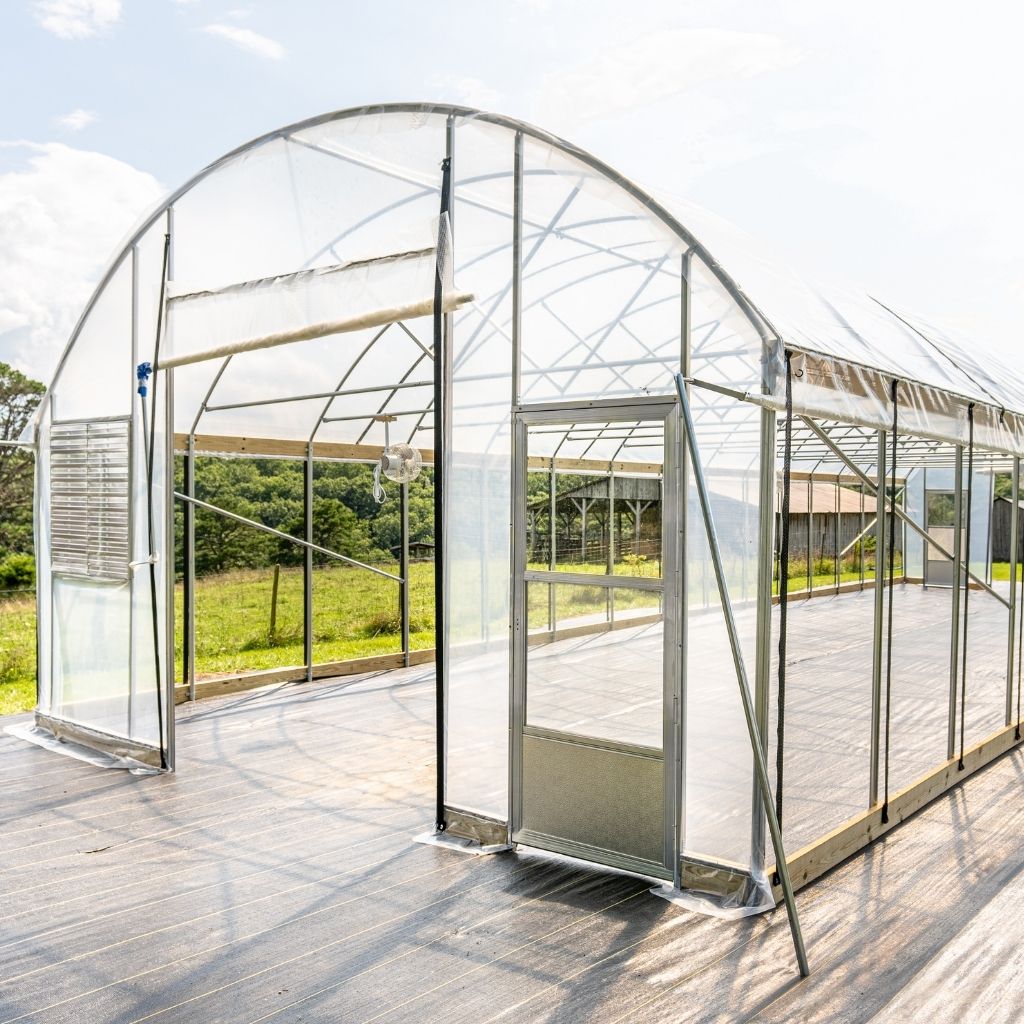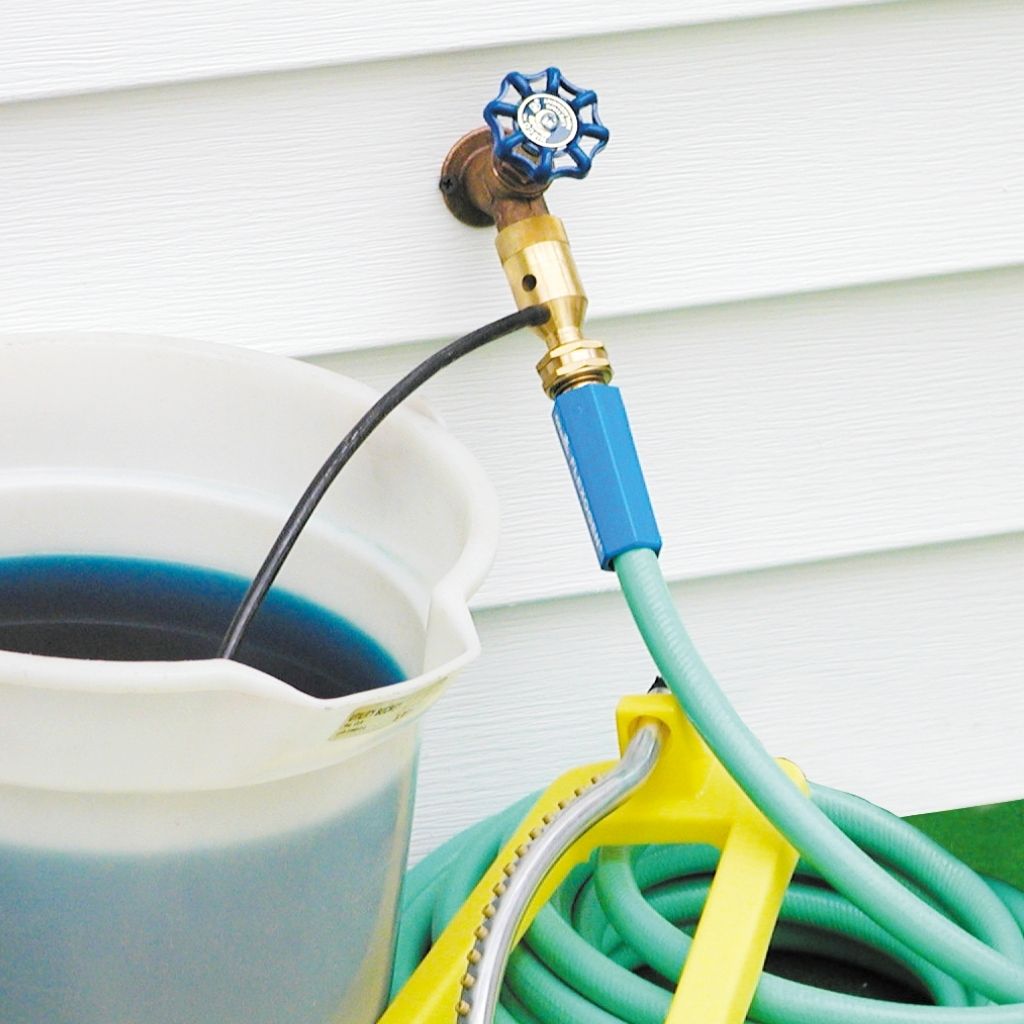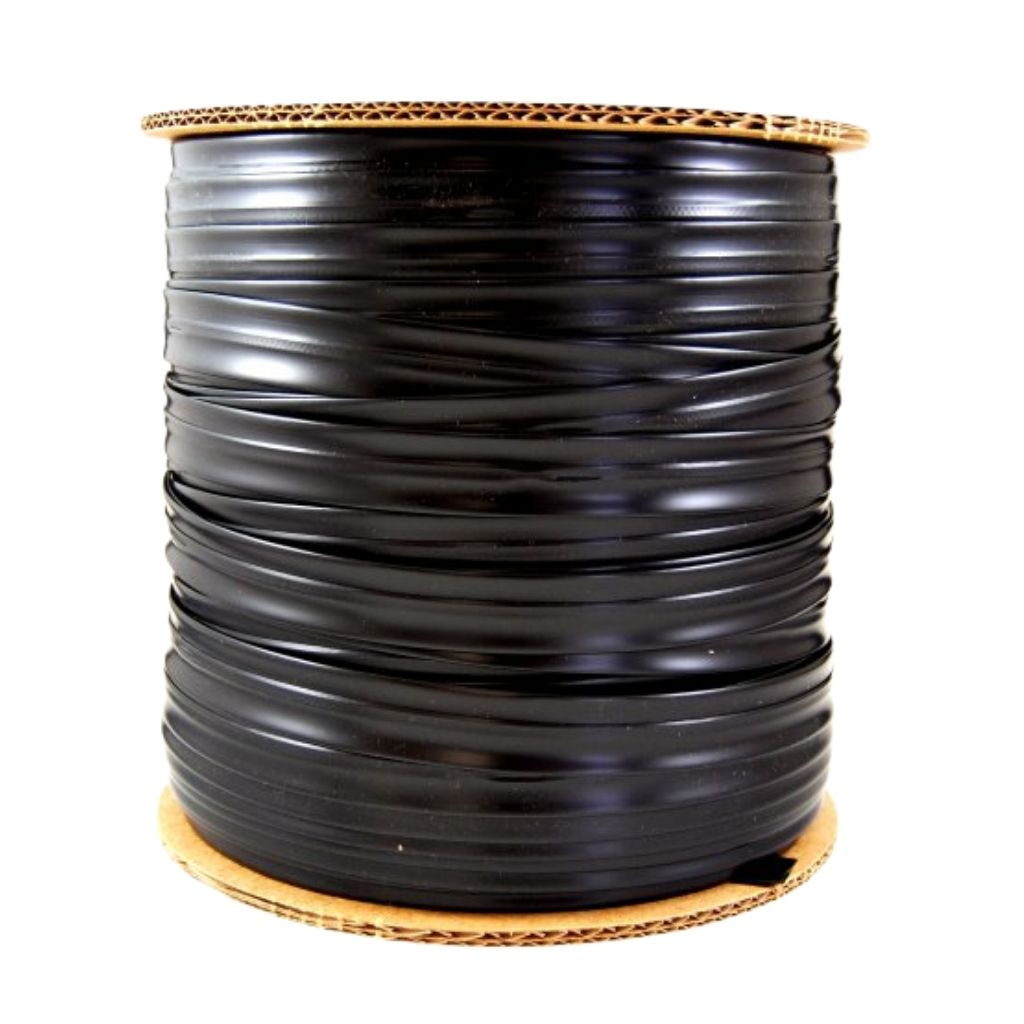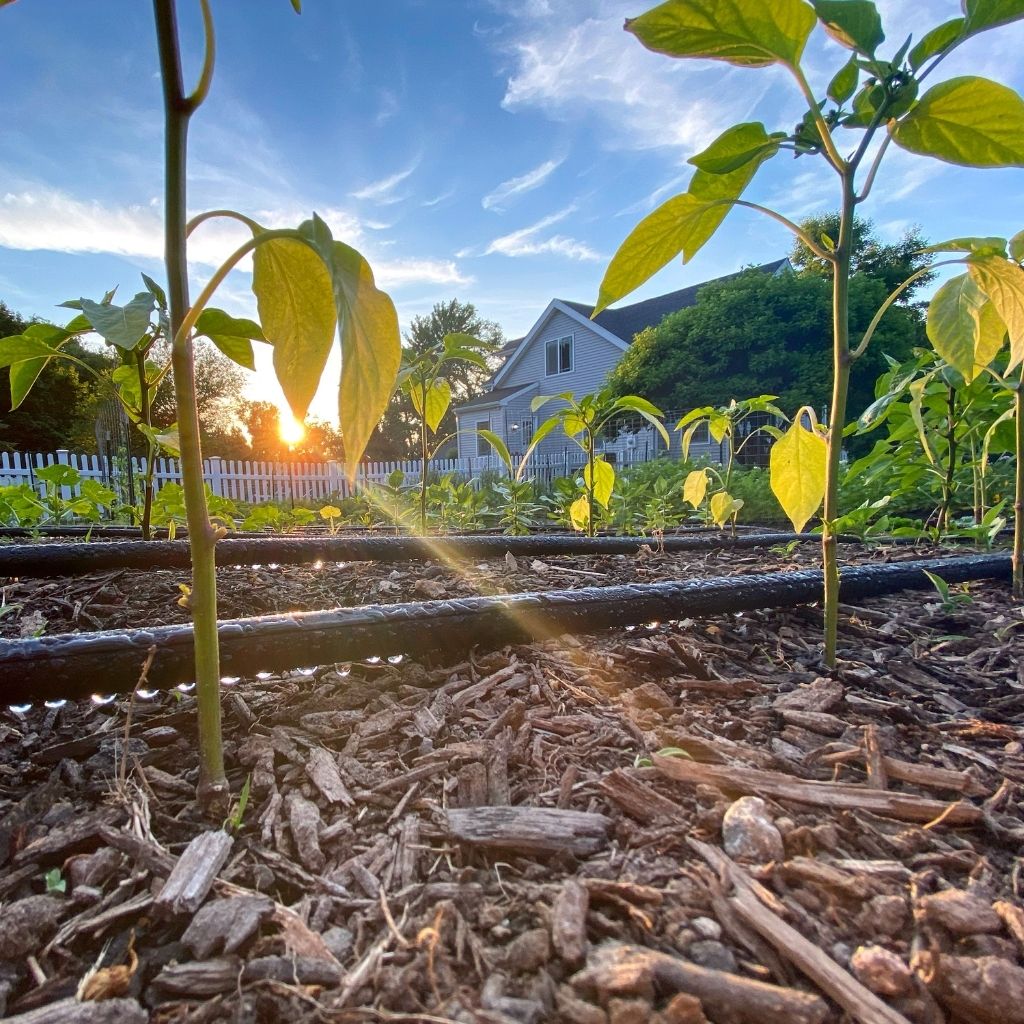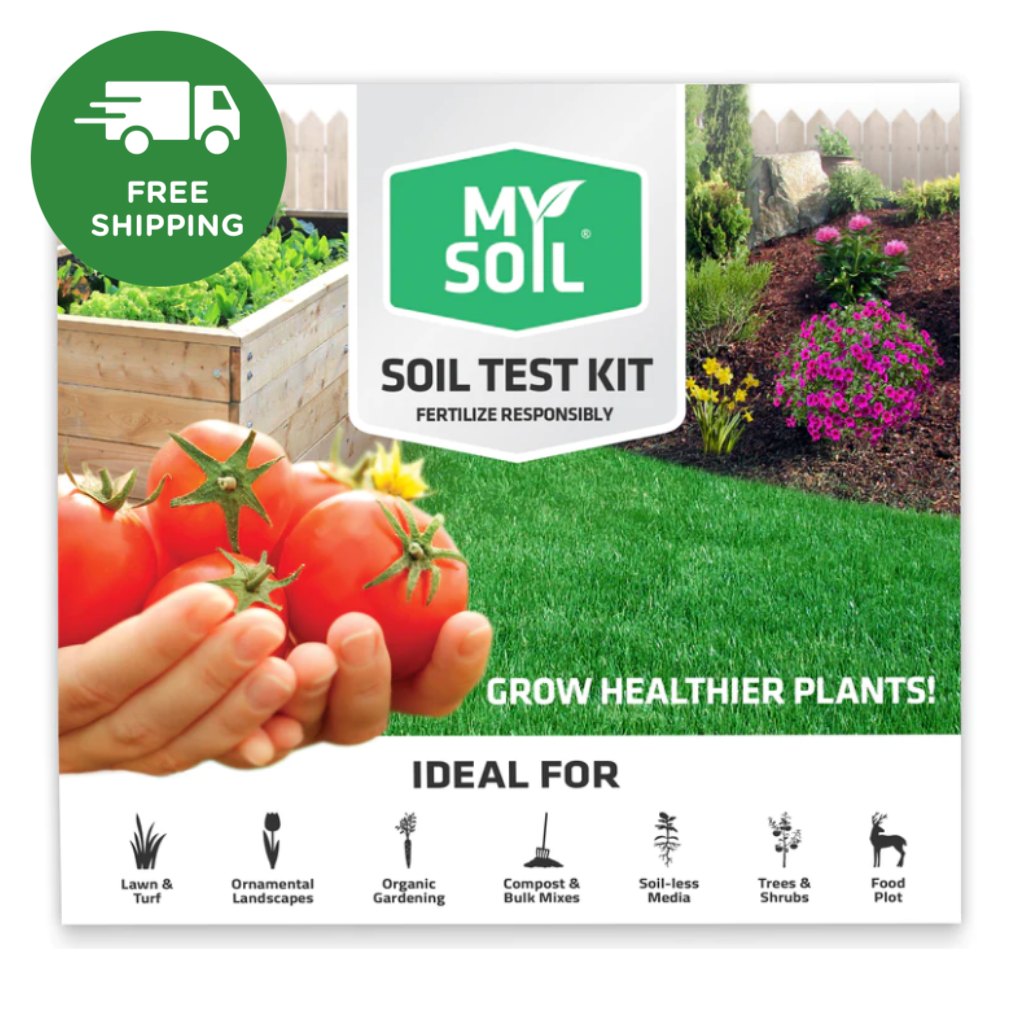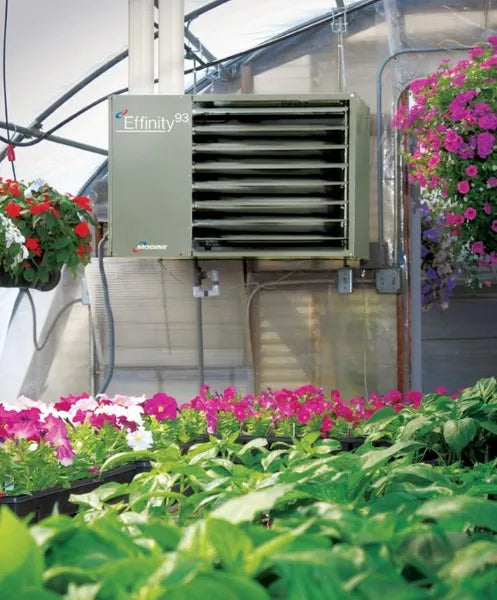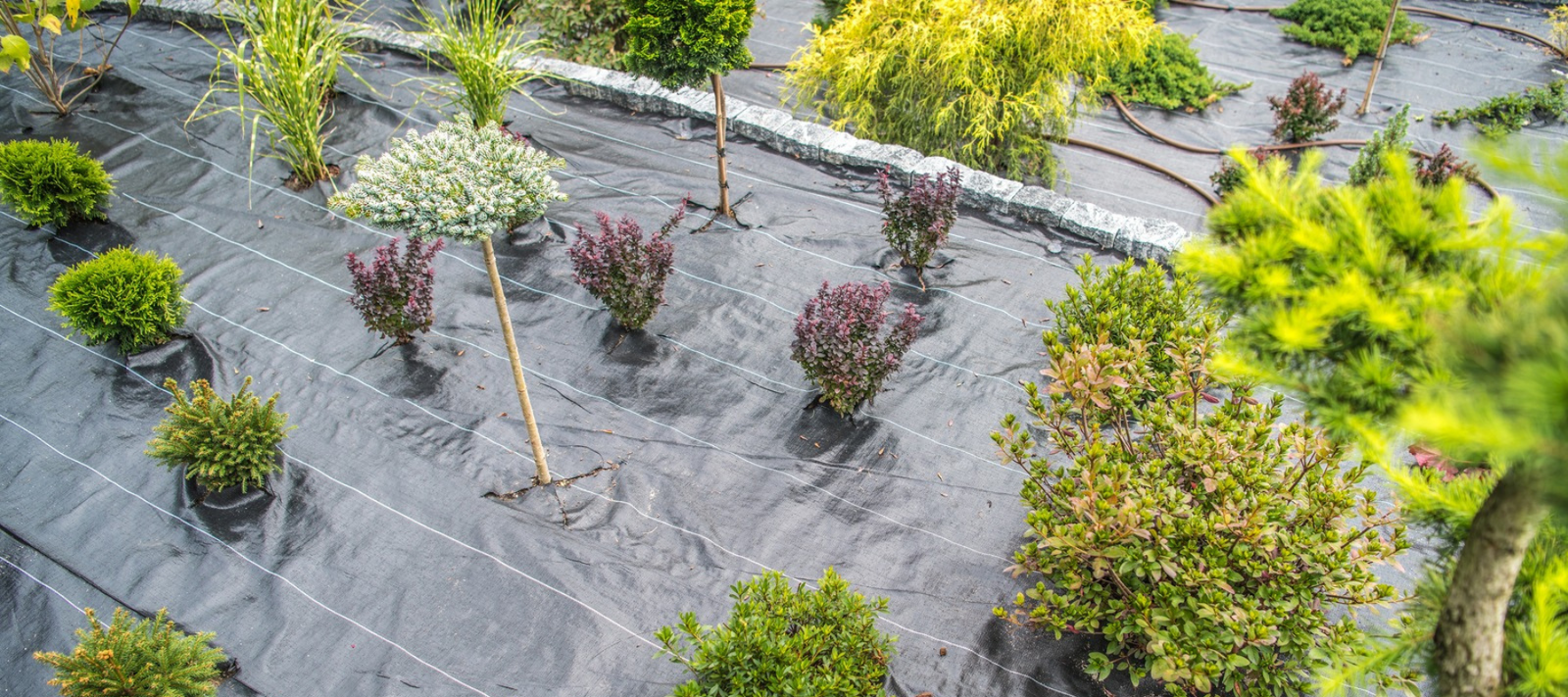How to Know if Your Greenhouse Needs a Heater
- You Live in a Snowy Climate
If you live in an area that gets a heavy snow load you will need a heater. By using a heater during the winter months you decrease the chances of your greenhouse collapsing due to snow accumulation on the greenhouse film. The heater will help to melt the snow off of the film so that accumulation does not occur.
- You Live in a Cooler Climate and Want to Extend Your Growing Season
This first sign is fairly obvious. If you live in Zones 1 through 6 (and even parts of Zone 7), the temperature during the winter will severely affect your plants. As a rule of thumb, if you want to grow food throughout the winter, and it’s cold out, you will need a heater.
* Please note this may only extend your growing season by six weeks on either end. Where you normally might be able to plant in May, you might instead start plants in the greenhouse in March. And where you might have had a final harvest in September, you could be able to keep things going until November.
However, the addition of a heating element will serve to balance out temperature fluctuations between the day and night. It’s secondary function, in early spring, will be to provide tender seedlings energy for growth.
- Your Seedlings Keep Dying
A greenhouse on a temperate day may be well into the 100ºs during the day while it drops to freezing at night. If this sounds painful to you, imagine those seedlings. Your greenhouse can use the sun’s energy alone to warm the greenhouse by 20 to 30ºF. At night, there is no sun to heat, so the greenhouse temperature will match the outside. However, winter vegetation germinates best between 55 and 70ºF, and warm-season plants will germinate best between 70 and 85ºF.
- Your Plant Growth Has Slowed Significantly
Like we mentioned above, most plants grow best at around 70ºF. As the seasons change, you may notice that growth as dropped off or slowed down. Since you may need your vegetables to continue feeding your family, you need constant growth. By installing a heat source of some sort, you can provide the heat energy plants need to photosynthesize, and therefore, grow.




